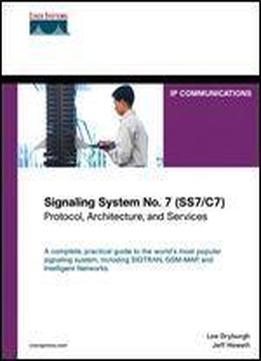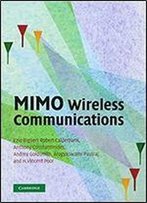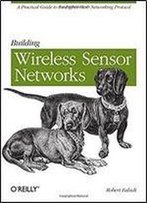
Signaling System No. 7 (ss7/c7): Protocol, Architecture, And Services
by Lee Dryburgh /
2004 / English / CHM
7 MB Download
Intelligent Networks.
Provides in-depth coverage of the SS7 protocols, including implementation details
Covers SS7 over IP (SIGTRAN) using real-world examples
Covers SS7/C7 from both a North American and European perspective, providing a broad international understanding of the technology and associated standards
Explains mobile wireless concepts and signaling, including mobile application part (MAP)
Provides a thorough explanation of the Intelligent Network (IN) and associated protocols (INAP/AIN)
Signaling System No. 7 (SS7) is a signaling network and protocol that is used globally to bring telecommunications networks, both fixed-line and cellular, to life. SS7 has numerous applications and is at the very heart of telecommunications. Setting up phone calls, providing cellular roaming and messaging, and supplying converged voice and data services are only a few of the ways that SS7 is used in the communications network. SS7 also provides the point of interconnection between converging voice and data networks. This transition, which affects everyone who works with the data network, has bolstered the need for practical and applied information on SS7. In short, anyone who is interested in telecommunications should have a solid understanding of SS7.
Signaling System No. 7 (SS7/C7): Protocol, Architecture, and Services will help you understand SS7 from several perspectives. It examines the framework and architecture of SS7, as well as how it is used to provide today's telecommunications services. It also examines each level of the SS7 protocol-all the way down to the bit level of messages. In addition, the SIGTRAN standards are discussed in detail, showing the migration from SS7 to IP and explaining how SS7 information is transported over IP.











